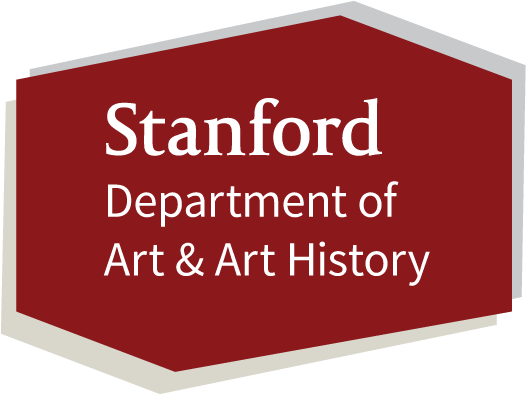
The Stanford Graduate Design Program (also known as the Joint Program in Design) is a collaboration between the Departments of Art & Art History and Mechanical Engineering. Since 1958, this innovative, interdisciplinary program has defined the field of human-centered design. Graduates are dynamic thought-leaders, able to solve complex problems across a wide variety of fields.
Program Overview
Students in The Graduate Design Program earn either an MFA or an MS in Design, depending on their background. Students apply either through the Department of Art & Art History or the Department of Mechanical Engineering based on their undergraduate degree and the masters degree they wish to earn, but the Graduate Design Program is truly a collaborative program. Both MFA and MS students take the same core classes, and work together in the Design Loft studio space. Once the students arrive and begin working it is difficult to tell them apart.
Size of the Program
The Art Department typically admits 4-6 students each year to earn an MFA in Design. The Mechanical Engineering Department typically admits 8-10 students to earn an MS in Design. Together these students form a tightly knit cohort of approximately 15 students per year, with 30 students total in the program.
Time to Completion
The Graduate Design Program is a two-year, full time program. Students are required to be in residence at Stanford for the full two years of the program. Part-time attendance is not allowed.
The Graduate Design Program vs. the d.school
The Graduate Design Program run by the Department of Art & Art History and Mechanical Engineering is a degree-granting program. If you want to earn a graduate design degree through Stanford, the Graduate Design Program is the program you are looking for, not the d.school. Students in the Graduate Design Program often take (and often TA) d.school courses as part of their curriculum, but the Graduate Design Program is not the d.school.
The Stanford d.school (more formally known as the Hasso Platner Institute for Design) is a non-degree granting center open to Stanford students in all disciplines. To take courses at the d.school you must be enrolled in another degree granting program at Stanford.
To learn more about the d.school, please visit the d.school website.
Students
The students in the Graduate Design Program come from diverse careers in art, design, engineering, science, philosophy, and social science, yet all share a commitment to making the world a better place through their actions as designers.
Students accepted to the Graduate Design Program have already made accomplishments in the fields that they represent, but come back to school to learn to make an even bigger impact through their work.
At the Graduate Design Program students hone their creativity, enhance their design methodology, add a strategic layer to their thinking, and learn to lead change.
Students in the Graduate Design Program earning an MFA in Design can be found via the Art Department's MFA Design student people page.
Students in the Graduate Design Program also maintain their own website, which includes brief bios of all current students (both MFA and MS candidates), along with an excellent history of the program.
Facilities
Students in the Graduate Design Program work together in the Design Loft, a large and well-equipped area that provides each student with individual studio space, shared project space, and vital peer interaction.
Stanford’s state of the art Product Realization Lab is the major production facility for most students.
MFA Design students also have ongoing access to all the Art Department studio facilities and equipment, and Art & Architecture Library resources to realize their work.
Coursework
Core Classes
Thesis Projects
Degree Requirements
Financial Aid
Information about graduate financial aid, including a student budget and tuition calculator are available on The Stanford Financial Aid site. To graduate with an MFA from the Design Program, you will be required to enroll at the tuition payment level of 8-10 units per quarter.
Graduate students in the MFA program in Design normally receive some amount of fellowship support, but this varies from year to year based on University funding sources. In some years, the support has been substantial, including tuition fellowship and a stipend, but this level of support is not always available. If admitted, you will be notified at that time of any tuition fellowship we are able to offer for your first year of study.
Work-study funding in the form of course assistantships is also sometimes available for qualified students.
Additional information about tuition, housing, and other costs for graduate study at available on the following websites:


